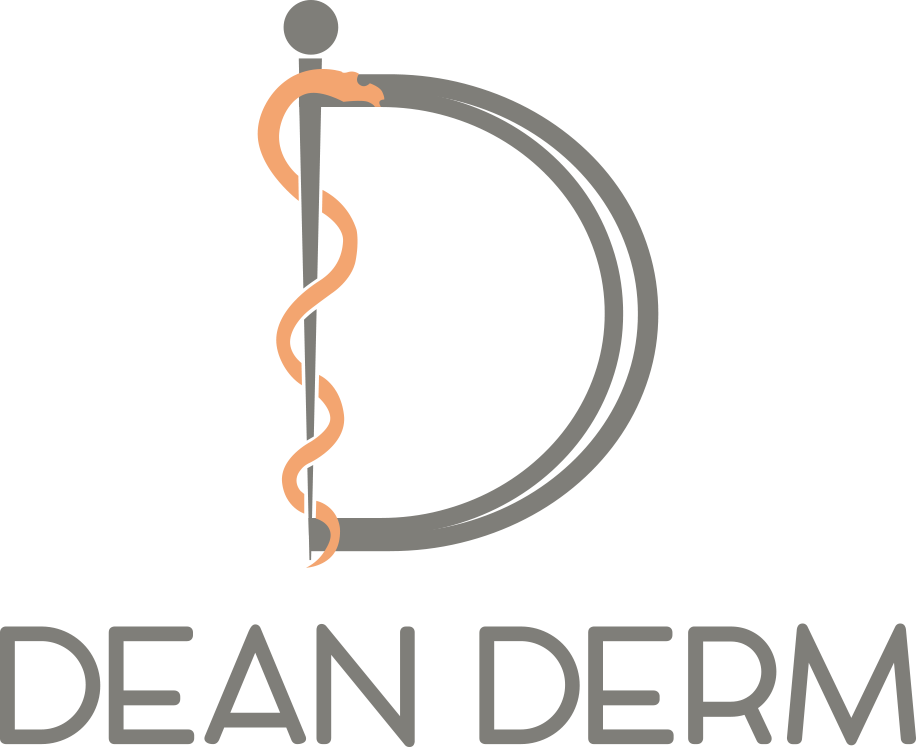Most of us fear the dreaded “C” word, but did you know that most (not all) cancers are treatable if caught early enough? Some conditions may even present at a precancerous stage and if detected during the precancerous stage, can be treated and prevented from developing into cancer.
What is age-appropriate cancer screening and how does it apply to the field of dermatology? Dermatologists are physicians and the obvious form of cancer screening we do is skin cancer screening (nonmelanoma skin cancers, melanomas, other forms of carcinomas and cutaneous lymphomas). However, being a dermatologist also means we treat many patients with immunosuppressive medications which puts them at a higher risk for developing cancer when compared to those who are not on immunosuppressive medications. The term “immunosuppressive” means that it suppresses your body’s immune system. The immune system has many functions, most notably fighting off infection. But the immune system is also responsible for “cancer surveillance”, and if this function is inhibited by immunosuppressive medications, then the risk of developing cancer might be higher.
Ages for screening vary depending on one’s risk for developing a particular type of cancer. According to the American Cancer Society’s recommendations, cancer screening for those with average risks are:
· Cervical cancer screening
-Age 25 through age 65. All people with a cervix should have a primary HPV test every 5 years or a pap test every 3 years.
-If surgery removed the cervix for reasons not related to cervical cancer or pre-cancer, then no testing is needed after surgery.
· Breast cancer screening
-Women ages 40-44 should be offered annual breast cancer screening.
-From ages 45-54, it is recommended to get mammograms every year.
-Starting at age 55, it is recommended to get mammograms every 1-2 years.
· Colon cancer screening
-Should begin at age 45 and is recommended through age 75. Discuss with your primary care physician which type of screening is best for you and the frequency of the screening recommended.
-Age 76 to 85 should talk with their primary care physician regarding recommendations for their age group.
-Most people older than 85 do not need continued screening.
· Prostate cancer screening – should discuss screening options with primary care physician starting at age 50.
· Lung cancer screening – at age 50 or older, should discuss with primary care physician your smoking history and whether you should get yearly low-dose CT scans.
Please note these screening recommendations are for patients who do not have an increased risk for these types of cancer. If one is at higher risk or has signs or symptoms of abnormality, then talk with your physician because testing may need to be performed sooner than the listed ages.
I am writing this article because I encounter the age-appropriate cancer screening issue almost daily with my patients. I have many female patients who believe that because they no longer need cervical cancer screening, this means they also no longer need a gynecologic exam. This simply is not true. Although pap smears may not be recommended for those who no longer have a cervix, cancers may still develop on the external genitalia or vaginal wall. I asked one of my family members who is an OB/Gyn about this issue and she recommends women still get gynecologic exams every 2-3 years to screen for abnormalities of this area.
Make yourself a priority & stay up to date with your screening & physical exams!

Recent Comments